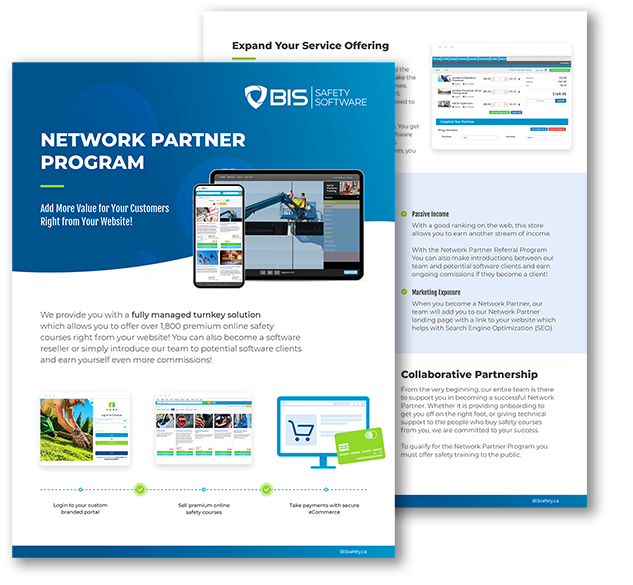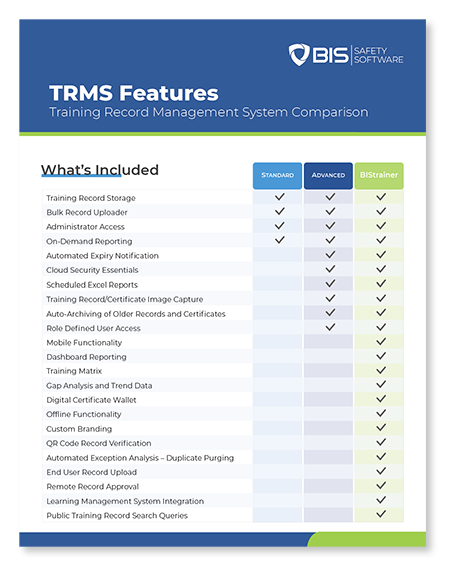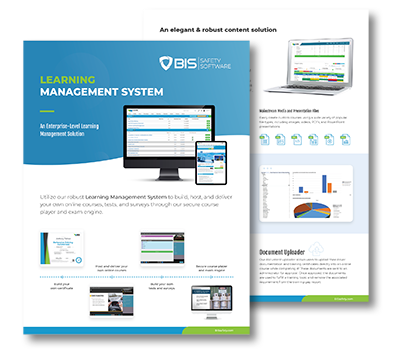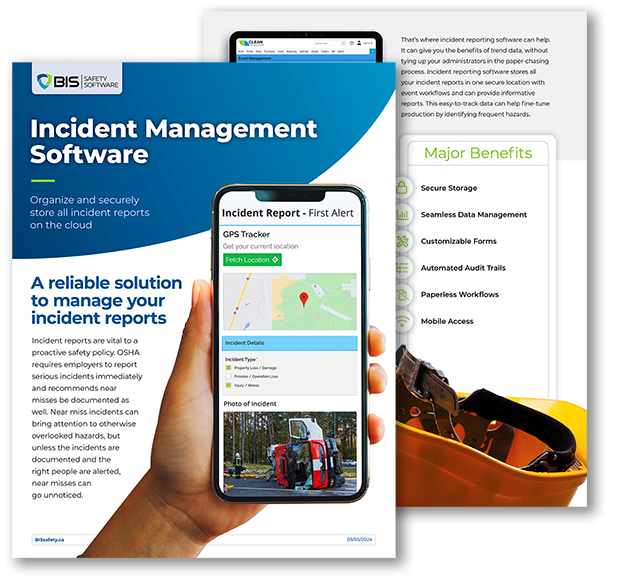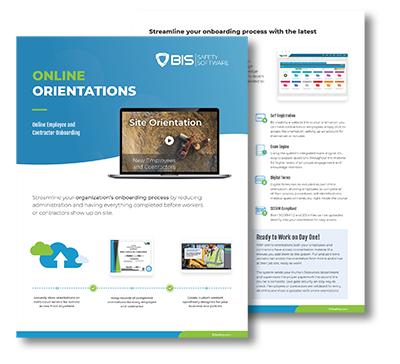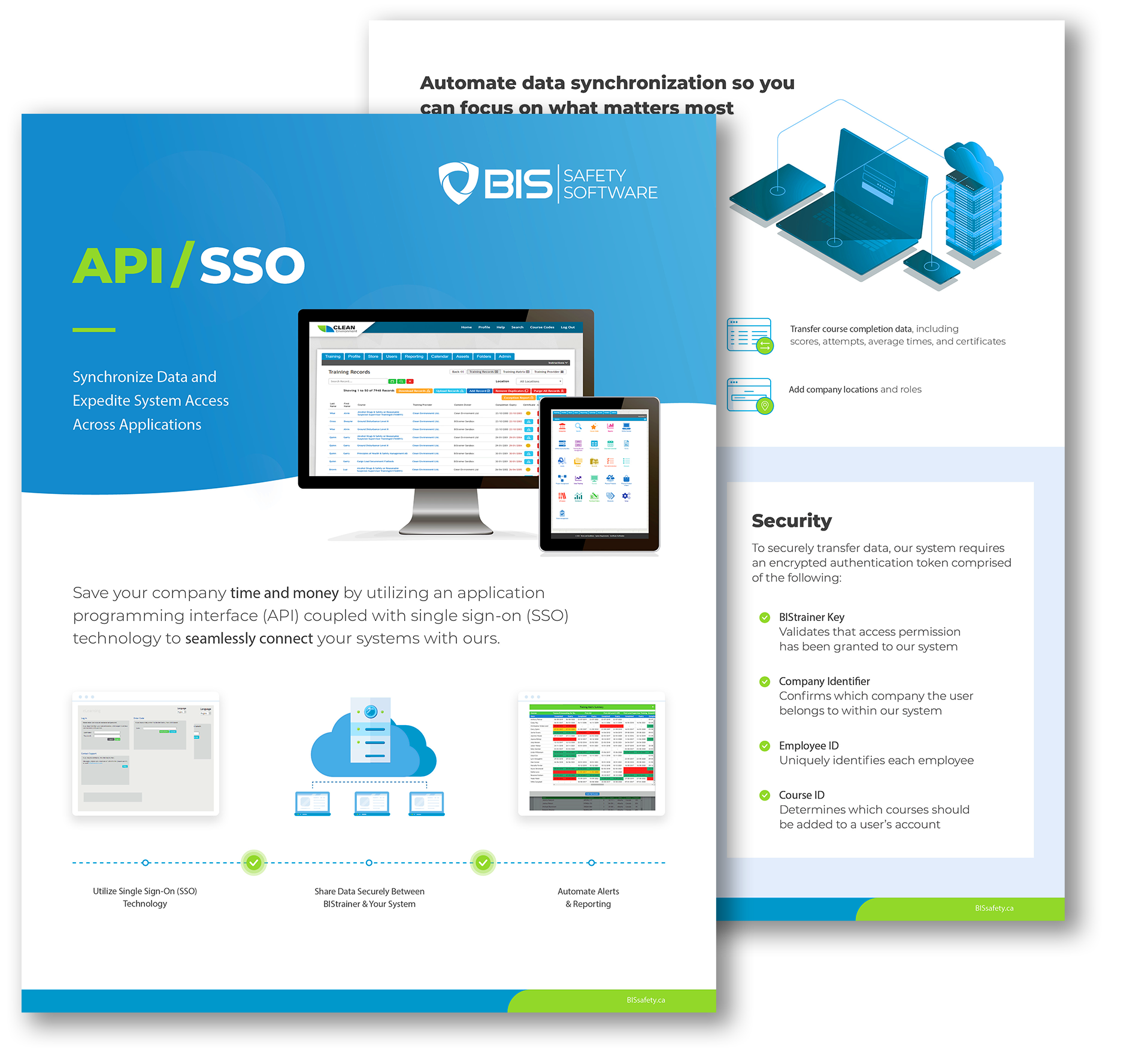As the world developed, so did its specialists, and nothing facilitated that development like training. However, with new opportunities comes new requirements, so it’s no surprise companies the world over are finding new techniques to manage, verify, and organize their training.
As organizations strive to enhance employee performance, comply with regulatory requirements, and foster a culture of continuous learning, the maintenance of comprehensive training records emerges as a cornerstone for success. Let’s delve deeper into the strategies and best practices that can streamline the process of managing training records in the modern workplace.
Explore this Article:
· Challenges in Maintaining Training Records: A Data-Driven Perspective
· Embracing Digital Solutions for Training Records Management
· Implementing Standardized Processes
· Ensuring Data Security and Compliance
· Harnessing Data Analytics for Insights
· Fostering a Culture of Continuous Learning
Challenges in Maintaining Training Records: A Data-Driven Perspective
Maintaining accurate and up-to-date training records presents numerous challenges for organizations across industries. These challenges, often exacerbated by manual processes and evolving workforce dynamics, can have significant implications for compliance, operational efficiency, and employee development. Let’s delve deeper into these challenges, supported by statistical data and industry insights.
1. Data Fragmentation and Accessibility Issues
According to a survey conducted by the Association for Talent Development (ATD), nearly 45% of organizations still rely on manual methods, such as spreadsheets or paper-based systems, for tracking employee training. This fragmented approach often leads to data silos, wherein training records are scattered across various departments or systems, making it difficult to access and consolidate information efficiently. Moreover, the lack of centralized repositories hampers data accessibility, with only 39% of employees reporting easy access to training materials, as per a report by Brandon Hall Group.
2. Error-Prone Manual Processes
Manual data entry is inherently prone to errors, resulting in inaccuracies and inconsistencies in training records. The American Society for Training and Development (ASTD) estimates that manual data entry errors contribute to a 20-25% discrepancy rate in training records. These errors can have far-reaching consequences, from misreporting compliance metrics to undermining the credibility of performance evaluations. Additionally, the time and resources required to rectify errors further strain organizational resources, as highlighted in a study by Bersin & Associates.
3. Complexity of Remote Work and Virtual Training
The advent of remote work and virtual training initiatives has introduced new complexities in managing training records. A survey conducted by Training Industry Magazine revealed that 67% of organizations experienced challenges in tracking virtual training participation and completion rates. With employees accessing training materials from disparate locations and devices, ensuring the integrity and security of training records becomes increasingly challenging. Furthermore, the lack of standardized processes for virtual training exacerbates these challenges, as reported by Deloitte’s Global Human Capital Trends survey.
4. Compliance Risks and Regulatory Requirements
Compliance with regulatory requirements, such as Occupational Safety and Health Administration (OSHA) guidelines or industry-specific certifications, is a critical aspect of training record management. Failure to maintain accurate and up-to-date training records can expose organizations to legal risks and financial penalties. According to a study by PricewaterhouseCoopers (PwC), non-compliance costs organizations an average of $14.8 million annually. Moreover, the complexity and frequency of regulatory changes further compound these compliance challenges, as noted in a report by Compliance Week.

Embracing Digital Solutions for Training Records Management
In today’s rapidly evolving workplace landscape, the digitization of training record management has emerged as a game-changer for organizations seeking efficiency, accuracy, and scalability. By leveraging advanced technology solutions, businesses can streamline their training record management processes, enhance data security, and drive actionable insights. Let’s delve deeper into the benefits of embracing digital solutions for training records management, supported by statistics and industry insights.
1. Efficiency and Time Savings
According to a survey conducted by Training Industry, Inc., organizations that transition from manual to digital training record management systems report significant gains in efficiency and time savings. On average, businesses save up to 30-40% of administrative time previously spent on manual data entry and record-keeping tasks. Digital solutions automate routine processes such as enrollment, attendance tracking, and certification management, allowing HR professionals and training administrators to focus on strategic initiatives and employee development.
2. Enhanced Accessibility and Remote Collaboration
In the era of remote work and virtual training, accessibility and collaboration are more critical than ever. Digital training record management systems offer anytime, anywhere access to training records, enabling employees to participate in training activities regardless of their location or time zone. According to a report by Deloitte, organizations with cloud-based learning management systems experience a 25-30% increase in training participation rates among remote employees. Moreover, cloud-based platforms facilitate seamless collaboration and knowledge sharing among geographically dispersed teams, driving innovation and cross-functional synergy.
3. Improved Data Accuracy and Compliance
Manual record-keeping processes are prone to errors, inconsistencies, and compliance risks. According to a study conducted by PricewaterhouseCoopers (PwC), organizations that rely on manual methods for training record management face an increased risk of non-compliance with industry regulations and data privacy laws. In contrast, digital solutions offer built-in validation checks, audit trails, and encryption protocols to ensure data accuracy and compliance. By centralizing training records in a secure digital repository, organizations can mitigate legal risks, safeguard sensitive employee information, and demonstrate regulatory compliance to external stakeholders.
4. Data-Driven Decision-Making
The digitization of training record management unlocks the power of data analytics for actionable insights and strategic decision-making. According to a report by McKinsey & Company, organizations that leverage data analytics tools to analyze training records experience a 15-20% improvement in employee performance and productivity. Advanced analytics algorithms enable stakeholders to identify trends, track KPIs, and assess the effectiveness of training programs in real-time. By harnessing data-driven insights, organizations can optimize resource allocation, personalize learning experiences, and drive continuous improvement across the organization.

Training Records
Training records serve as a comprehensive repository of an employee’s learning journey within an organization. From onboarding sessions to specialized skill development programs, these records document every training activity undertaken by employees. They play a pivotal role in evaluating individual performance, identifying skill gaps, and devising targeted development plans. Moreover, training records are instrumental in ensuring compliance with industry regulations and standards, thereby mitigating legal risks and safeguarding organizational interests.
Implementing Standardized Processes
Standardizing processes is essential for ensuring consistency and reliability in training record management. Organizations should establish clear guidelines and protocols for recording training activities, including the types of information to be documented, the format of records, and the frequency of updates. By adopting standardized templates and workflows, organizations can streamline data entry, minimize errors, and facilitate data analysis for actionable insights. Regular audits and quality checks should also be conducted to verify the accuracy and completeness of training records.
Ensuring Data Security and Compliance
As custodians of sensitive employee information, organizations must prioritize data security and compliance when managing training records. Implementing robust data encryption protocols, access controls, and authentication mechanisms can safeguard against unauthorized access and data breaches. Additionally, organizations must stay abreast of evolving regulatory requirements, such as GDPR and HIPAA, and ensure that their training record management practices adhere to relevant data privacy laws and industry standards.
Harnessing Data Analytics for Insights
Beyond mere documentation, training records contain valuable insights that can drive informed decision-making and strategic planning. By harnessing the power of data analytics, organizations can uncover trends, identify patterns, and assess the effectiveness of training programs. Advanced analytics tools enable stakeholders to measure key performance indicators (KPIs), such as training completion rates, competency levels, and skill proficiency, thereby guiding resource allocation and investment decisions. By leveraging data-driven insights, organizations can optimize their training initiatives to meet evolving business needs and maximize return on investment (ROI).
Fostering a Culture of Continuous Learning
Ultimately, the management of training records should not be viewed as a mere administrative task but as a catalyst for fostering a culture of continuous learning and professional development. Organizations should incentivize employees to actively engage in training activities, recognize and reward achievement, and provide avenues for ongoing growth and advancement. By nurturing a learning-centric environment, organizations can empower employees to enhance their skills, drive innovation, and contribute to organizational success.





